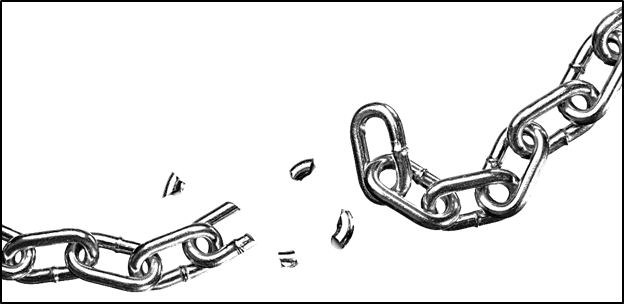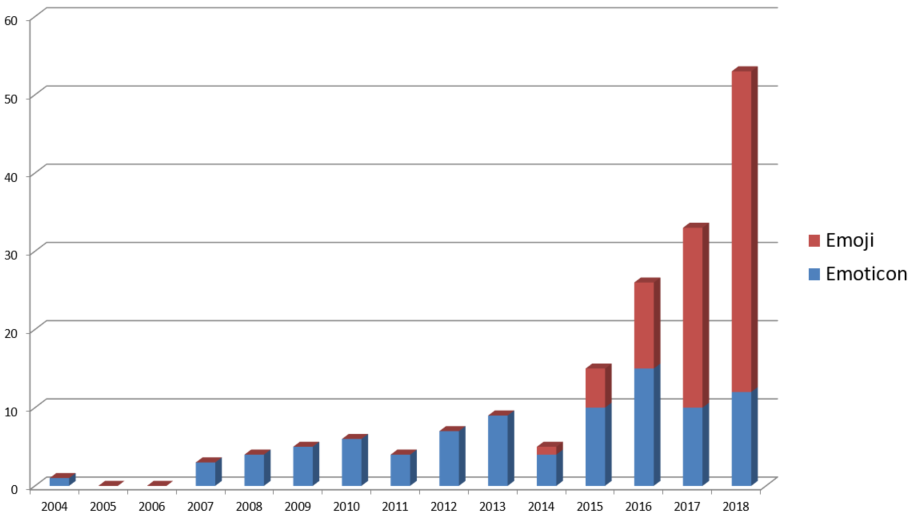Court Orders Defendants to Comply with Rule 26(a), Ditch the Boilerplate Objections: eDiscovery Case Law
In RightCHOICE Managed Care, Inc. v. Hospital Partners, Inc., No. 5:18-cv-06037-DGK (W.D. Mo. Feb. 1, 2019), Missouri District Judge Greg Kays ordered the discovery defendants to “supplement their initial disclosures so that they comply with Rule 26(a)” (within 14 days) and “either respond to Plaintiffs’ interrogatories and requests for production in good faith or specifically tailor their objections to each question or request”, as well as requiring each discovery defendant to “prepare a statement identifying the steps taken to preserve discoverable information”, among other things.
Case Background
In this case involving alleged improper billing of lab tests, the parties conferred under Federal Rule of Civil Procedure 26(f) in October 2018. The plaintiffs served the discovery defendants with interrogatories and requests for production of documents the following week. The discovery defendants responded on November 26, objecting to every one of the plaintiffs’ questions and requests, using language like this:
“Defendant objects to this request as vague, overly broad, unduly burdensome, harassing, and/or seeking information that is irrelevant and/or not reasonably calculated to lead to the discovery of admissible evidence.”
On January 24, the Court held a teleconference hearing to discuss the dispute. During the hearing, the plaintiffs stated that the discovery defendants failed to identify any witnesses in their Rule 26(a)(1) initial disclosures, made boilerplate objections to every interrogatory, and improperly invoked the Fifth Amendment. When the Court asked the discovery defendants’ counsel whether they had produced a single document in the case, he “enthusiastically” replied, “Nope.”
As a result, the plaintiffs requested that the Court order the discovery defendants to (1) amend their initial disclosures; (2) produce responsive, non-privileged documents requested from Hospital Partners and Empower H.I.S.; (3) specify exactly which interrogatories Byrns and Perez object to on the basis of the privilege against self-incrimination; (4) answer Plaintiffs’ interrogatories in good faith or have adverse inferences drawn from their refusal; and (5) each provide a sworn statement identifying the steps taken to preserve discoverable information. Not surprisingly, the discovery defendants asked the Court to deny these requests.
Judge’s Ruling
Noting that “Rule 26(a)(1) requires litigants to provide ‘the name and, if known, the address and telephone number of each individual likely to have discoverable information’”, Judge Kays stated that the discovery defendants’ disclosures – which merely listed “corporate representative[s]” of various unnamed entities, such as “any billing/management vendors of the Defendants, with no specific reference to the information held by the entities and no address or phone numbers – “fail to comply with Rule 26(a)(1)”. Judge Kays ordered the discovery defendants to “supplement their initial disclosures with the specific names and contact information, if known, of individuals likely to have discoverable information.” He also indicated that they “must also provide copies of, or a list detailing, by category and location, all documents, electronically stored information, and tangible things in their possession, custody, or control that they may use to support their claims or defenses.”
Judge Kays also rejected the discovery defendants’ use of the Fifth Amendment privilege against self-incrimination, stating: “Their invocation is invalid. To begin, the Fifth Amendment does not protect Hospital Partners and Empower H.I.S. because they are artificial legal entities” (despite the discovery defendants’ claims that they are “alter egos of the individual defendants”. As a result, he ordered defendants Hospital Partners and Empower H.I.S. “to produce relevant, non-privileged documents and respond to Plaintiffs’ interrogatories” and also ordered defendants Byrns and Perez “to produce all relevant, non-privileged business records in their possession” and to “contour their Fifth Amendment objections to each particular interrogatory, so that, if necessary, the Court can make a question-by-question judgment on the privilege’s applicability.”
As for the boilerplate objections, Judge Kays ordered the discovery defendants to “either respond to Plaintiffs’ questions and requests or tailor their objections with much greater particularity. If they assert a privilege, they must provide a privilege log.”
Finally, Judge Kays stated that the discovery defendants’ “failure to produce a single document, months into discovery, concerns the Court” and also expressed concerns about the plaintiffs’ allegations that the defendants “have not issued retention notices and {the plaintiffs} are unaware of the location of Empower H.I.S.’s records.” As a result, Judge Kays agreed with the plaintiffs that “the Discovery Defendants each need to prepare a sworn statement detailing their efforts to preserve discoverable information” and noted that if the discovery defendants’ behavior were to continue, “the Court will consider imposing sanctions.”
So, what do you think? Should the defendants have already been sanctioned, or is that premature? Please let us know if any comments you might have or if you’d like to know more about a particular topic.

Case opinion link courtesy of eDiscovery Assistant.
Sponsor: This blog is sponsored by CloudNine, which is a data and legal discovery technology company with proven expertise in simplifying and automating the discovery of data for audits, investigations, and litigation. Used by legal and business customers worldwide including more than 50 of the top 250 Am Law firms and many of the world’s leading corporations, CloudNine’s eDiscovery automation software and services help customers gain insight and intelligence on electronic data.
Disclaimer: The views represented herein are exclusively the views of the author, and do not necessarily represent the views held by CloudNine. eDiscovery Daily is made available by CloudNine solely for educational purposes to provide general information about general eDiscovery principles and not to provide specific legal advice applicable to any particular circumstance. eDiscovery Daily should not be used as a substitute for competent legal advice from a lawyer you have retained and who has agreed to represent you.









